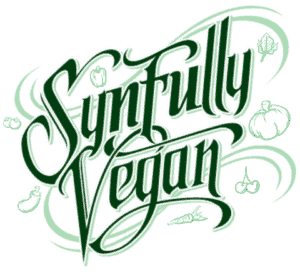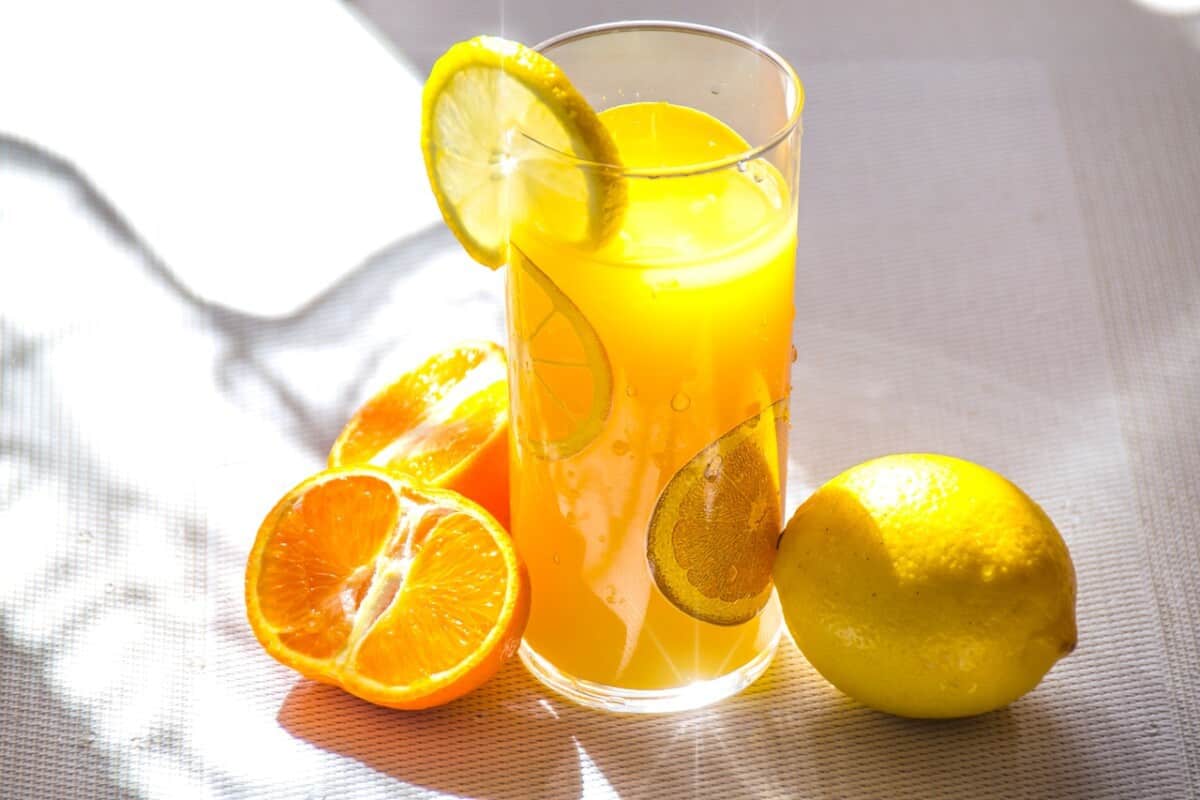Vitamin C is a water-soluble vitamin found in many foods. The richest sources of this vitamin are fruits and vegetables. This trace mineral is known to be a powerful antioxidant.
It should be noted that its consumption has a positive effect on the quality of the skin, and also improves the work of the body system.
This element is also used by the body to synthesize collagen as well as to strengthen connective tissue, bones, teeth and small blood vessels.
The human body cannot produce or store vitamin C on its own, so it must be consumed regularly to maintain optimal health.
Vitamin C’s Role In The Human Body
Adults should aim to get 90mg of Vitamin C a day for a healthy diet.
In the event of a deficiency of this element in the body, symptoms such as bleeding gums, frequent bruising and lowered immunity, and slow wound healing can be observed.
A deficiency in this vitamin can cause serious illnesses such as anemia and scurvy. To prevent the negative effects of vitamin C deficiency, consider 20 foods high in vitamin C.
Vitamin C (ascorbic acid) enhances immunity, regulates redox processes, protects against free radicals, and reduces the risk of sclerosis. Found in almost all fruits and vegetables.
Main sources
- Rose hips, sea buckthorn
- Black currant, raspberry, strawberry
- Kiwi, oranges, grapefruit, tangerines, lemon peel
- Parsley, lettuce
- Broccoli, cauliflower
- Tomatoes, red peppers
Functions of vitamin C in the body
This vitamin is important as it participates in detox processes – Provides the formation of collagen protein (with its lack, there is an increased fragility of capillaries and a tendency to hemorrhage).
- Increases the body’s resistance to external influences and infections (since it has the property of increasing the phagocytic activity of leukocytes).
- Increases the antitoxic function of the liver and contributes to the most complete creation of glycogen reserves in it.
- Provides the formation of the neurotransmitter serotonin from tryptamine.
- Regulates cholesterol metabolism.
- Stimulates tissue regeneration and healing.
Lack Of Vitamin C In The Body Symptoms
Apathy, depressed state (due to impaired production of serotonin).
Bleeding of gums, fragility of capillaries with the appearance of a hemorrhagic rash on the body (due to the fact that collagen, in the synthesis of which vitamin C is involved, is an important component of the vascular wall).
The attachment of the periosteum to the bones and the fixation of the teeth in the holes (scurvy) are weakened.
Decreased immunity and the appearance of hypochromic anemia.
Excess Vitamin C In The Body Symptoms
You would need to consume more than 2000 mg of Vit C in a day in order to feel some unease and continual overdosing of this vitamin can lead to the following issues:
- Redness of the skin, itchy skin
- Headache, dizziness
- At very high doses, kidney stones may form (as a result of excess formation of dehydroascorbic acid, which converts to oxalic acid)
An excess of vitamin C develops when ascorbic acid is consumed in doses ten and one hundred times higher than the daily intake for a long time. An excess of vitamin C is usually eliminated from the body through urine.
Probably no one will ever remember where the myth about the “high content of vitamin C” in lemons came from. And why many of us consider lemons to be almost the main supplier of ascorbic acid in winter.
Maybe this comes from our childhood, when in the cold season there was practically nothing from fruit in stores, and lemons and tangerines from the southern republics served not only as symbols of the New Year, but also as a “vitamin supplement.”
Or maybe because for the first time vitamin C (ascorbic acid) was obtained precisely from lemon juice. But I hasten to disappoint you, in lemons and tangerines there are only 40 and 38 mg of vitamin C per 100 g of food. But there is a lot of vegetables and fruits, loved by many of us, familiar in our climatic and regional conditions, in which there is much more vitamin C.
Of course, tropical fruits have a lot of this necessary and useful vitamin:
- In kiwi – 137.2 mg
- In mango pulp – 122.3 mg
- In papaya – 88.3 mg
- In pineapple – 78.9 mg per 100 g of product
Why We Need To Know This
Those “exotics” that are on the shelves of our supermarkets and do not contain half of this amount, because most often they are plucked unripe, are brought from far away and “ripen” here.
Why We Need Vitamin C In Our Diet
That is why I offer you our “native” sources of vitamin C. But first, let me remind you why we need it. Ascorbic acid, being a powerful antioxidant, protects the body from bacteria and viruses, has anti-inflammatory, wound-healing and anti-allergic effects, strengthens the immune system and enhances the action of other antioxidants such as selenium and vitamin E.
Relieve Your Stress With Vitamin C
Vitamin C affects the synthesis of a number of hormones, including anti-stress ones, regulates the processes of hematopoiesis and normalizes capillary permeability, participates in the synthesis of collagen protein, which is necessary for the growth of cells of tissues, bones and cartilage of the body, improves the body’s ability to absorb calcium, removes toxins, regulates metabolism.
And according to the latest data, it also has anti-cancer properties, reduces the intoxication of the body in alcoholics and drug addicts, and even slows down the aging process of the body.
Why Vitamin C Cannot Be Stored In Your Body
Vitamin C is classified as water-soluble, so it does not accumulate in the body, and its reserves must be replenished from the outside. Ascorbic acid does not like high temperatures, light and oxygen.
Therefore, with all types of cooking, most of it is destroyed, which must be taken into account and more often eat fresh food.
Common Sources of Vitamin C
| Food | RDA % per 100 grams |
| Rosehip | 720% (650 mg) |
| Red Pepper | 270% (250 mg) |
| Black Currant | 220% (200 mg) |
| Sea Buckthorn | 220% (200 mg) |
| Apple | 180% (165 mg) |
| Parsley | 167% (150 mg) |
| Green Pepper | 167% (150 mg) |
| Broccoli | 150% (136 mg) |
| Brussels Sprouts | 130% (120 mg) |
| Dill | 110% (100 mg) |
Rosehip
Perhaps even babies know that the dog rose is the champion in the content of ascorbic acid. And the taste of rosehip infusion is familiar, for sure, to everyone. But few people know that our “native” rose hips also have a very high coefficient of the ability of antioxidants to absorb free radicals (ORAC).
Remember the hype around the acai berries, which were declared almost a panacea for all diseases? Indeed, in acai berries this coefficient is almost the highest – 102,700, but only in fresh ones, and they are very capricious and quickly deteriorate.
Red Pepper
The second place is deservedly occupied by red bell pepper of the Unified variety, containing, in addition to vitamin C, a red-yellow pigment – carotene and a red pigment – lycopene – powerful antioxidants that reduce the risk of cancer. Red pepper is also among the leaders in the amount of vitamin A (125 mcg).
Black Currant
Black currant, adored by many, closes the top three. Due to its healing properties, it is often used in traditional medicine for therapeutic and prophylactic purposes.
In addition to vitamin C, black currant berries contain vitamins B, P, group K, provitamin A, sugars, pectin substances, phosphoric acid, essential oils, tannins, potassium, phosphorus and iron salts. For medicinal purposes, berries and leaves are used.
It is important to note that many of the beneficial properties of black currant berries are preserved in homemade preparations during processing and canning.
Sea Buckthorn
On the same line with black currants is sea buckthorn. And in taste, as many say, it is clearly inferior to currants.
But here, as they say, who likes what? Sea buckthorn fruits are a natural multivitamin concentrate that can be stored frozen until spring.
Apples
Well, you must admit, which of you eats the same red pepper or sea buckthorn with currants more than apples! And we eat apples all year round. And we “get” vitamin C by the amount of fruits eaten.
Apples are also the most common source of minerals (potassium, phosphorus, calcium, magnesium, sodium, a lot of iron) and other vitamins (E, carotene, B1, B2, B6, PP, folic acid) in an easily digestible form and in optimal combinations for us.
Parsley
It is rich in vitamins C, group B, PP, K, provitamins A, contains folic acid, complex essential oils, many mineral salts of potassium, sodium, calcium, as well as magnesium, iron, phosphorus.
In parsley, all parts are used – root, leaves, seeds, both fresh and dried. And what else parsley is good for is the ability to grow it on a windowsill in winter, getting a “portion” of vitamins and minerals every day!
Green Pepper
It contains the antioxidants lycopene and carotene, a decent portion of fiber, which normalizes intestinal function, as well as phytosterols – plant analogues of cholesterol involved in lipid metabolism and lowering the level of “bad” cholesterol.
Broccoli
It is simply an ideal vegetable from the world of healthy food, because in addition to vitamin C, it contains carotene and many high-quality plant amino acids – for example, choline and methionine, which prevent the accumulation of cholesterol in the body.
This “bunch” has a lot of dietary fiber, low calorie content, and in addition, broccoli has anti-carcinogenic properties. And one more plus of broccoli: unlike white cabbage, this cabbage does not suit stomach “revolutions”.
Brussels Sprouts
It is considered the most valuable among cruciferous plants, because it contains 2-3 times more vitamin C and 2.5 times more protein than white cabbage. T
here is a lot of potassium in its juice, so it is recommended to eat cabbage for hypertensive patients. Due to the fact that there are few coarse fibers in it, it does not cause bubbling in the abdomen and can be useful for stomach ulcers.
Dill
One of the most common spices that have a beneficial effect on many physiological processes in the body, the nutritional value of which is associated with the presence of essential oils, various vitamins (C, B1, B2, PP, P, provitamins A, folic acid) and minerals (iron salts, calcium, potassium, phosphorus in an easily assimilated form).
Inspirational coaches all over the world usually recommend these dishes for vegans to stay healthy and
consume all the vitamins that are necessary for the body.

